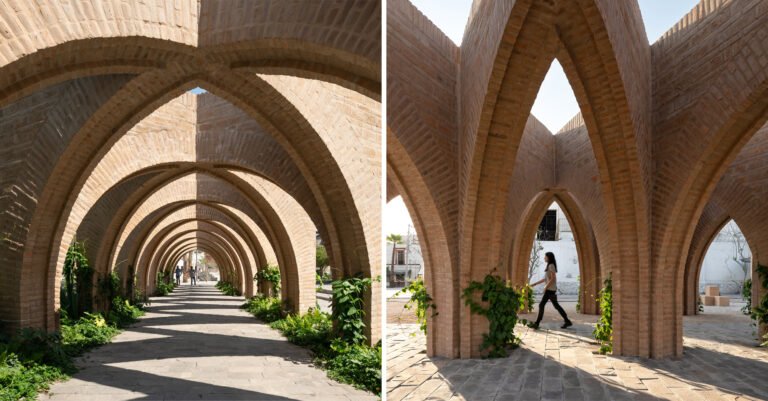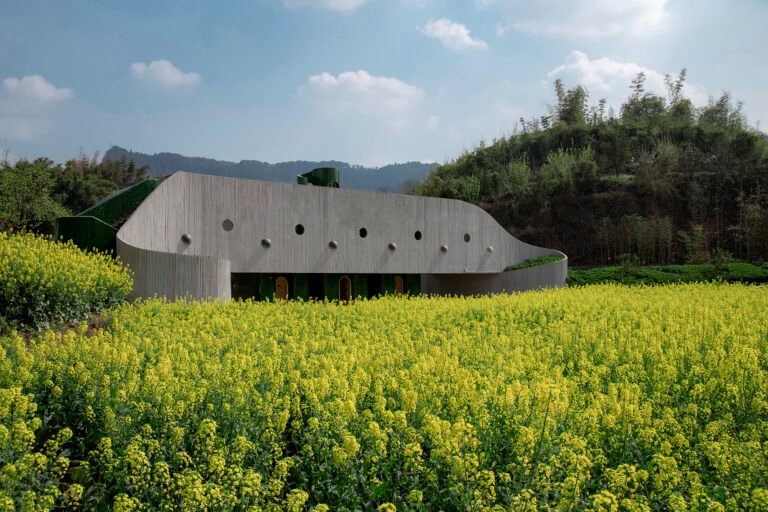Take a Deep Breath: Neutra, Schindler and the Architecture of Health in Los Angeles
Sign up to be informed when the next One Photo Challenge competition opens for submissions. Be sure to check out the incredible work by this year’s extraordinary Winners and Commended Entries.
The effects of the Covid-19 pandemic coupled with an increasingly volatile climate due to global warming are just a few of many reasons why we are spending more time inside than ever before. According to a recent study, most people in the Western World spend up to 93% of their time indoors — a percentage that increases in wealthier nations. As we spend more of our time indoors, there is no doubt that architecture and its relationship to our health needs to be re-examined through a new lens.
While the devastating effects of climate change have come into clearer focus in recent years, throughout modern history, architects have explored the impact that good design can have on human health. Le Corbusier placed the figure at the heart of his urban schemes, and famously developed “Le Modulor,” which builds upon the tradition of the Vitruvian Man in an attempt to discover the mathematical proportions of the body to improve both the appearance and function of architecture. He was also long obsessed with his own health and fitness and began exercising regularly as a way to combat fatigue after struggling with various ailments as a young man. Le Corbusier subsequently saw architecture as an opportunity to not only symbolize the body but to actively redesign it.
The desire to optimize, purify and rehabilitate the body through architecture has often flourished in locations where the consequences of industrialization and climate change can most clearly be seen. Over the last 100 years, Los Angeles has become the prototypical site for a heightened focus on the body and wellness. Paradoxically, there are few places in North America where pollution is more thickly concentrated and visible on a daily basis within the air.
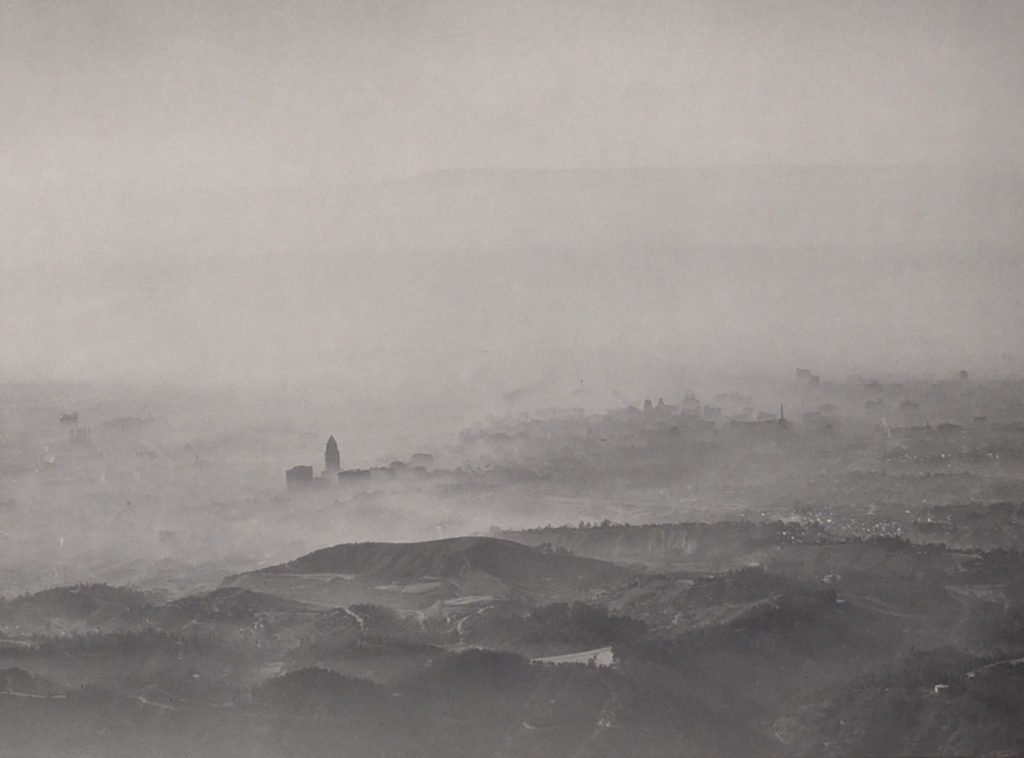
Smog, Los Angeles; William A. Garnett (1949). © Estate of William A. Garnett
Angelenos are increasingly confronted with pollution from a complex mixture of sources, including the automotive industry, industrial production systems and record breaking wildfires each year. The consequences of poor air quality, along with a culture that idolizes the human form through film and television, have made Los Angeles the Mecca for self-improvement, health and longevity.
As far back as the early 1900’s, architects such as Richard Neutra and R.M. Schindler were hard at work developing their study of medicine and health through the lens of modern domestic architecture. Neutra and Schindler, who carried on a strained friendship throughout the years, constructed a series of “health homes” for private clients across Los Angeles, putting forth a vision of design as a therapeutic defense against the disastrous effects of modern life. In the context of Los Angeles, modern architecture was inseparable from a new lifestyle which sought to improve health, fitness and well-being.
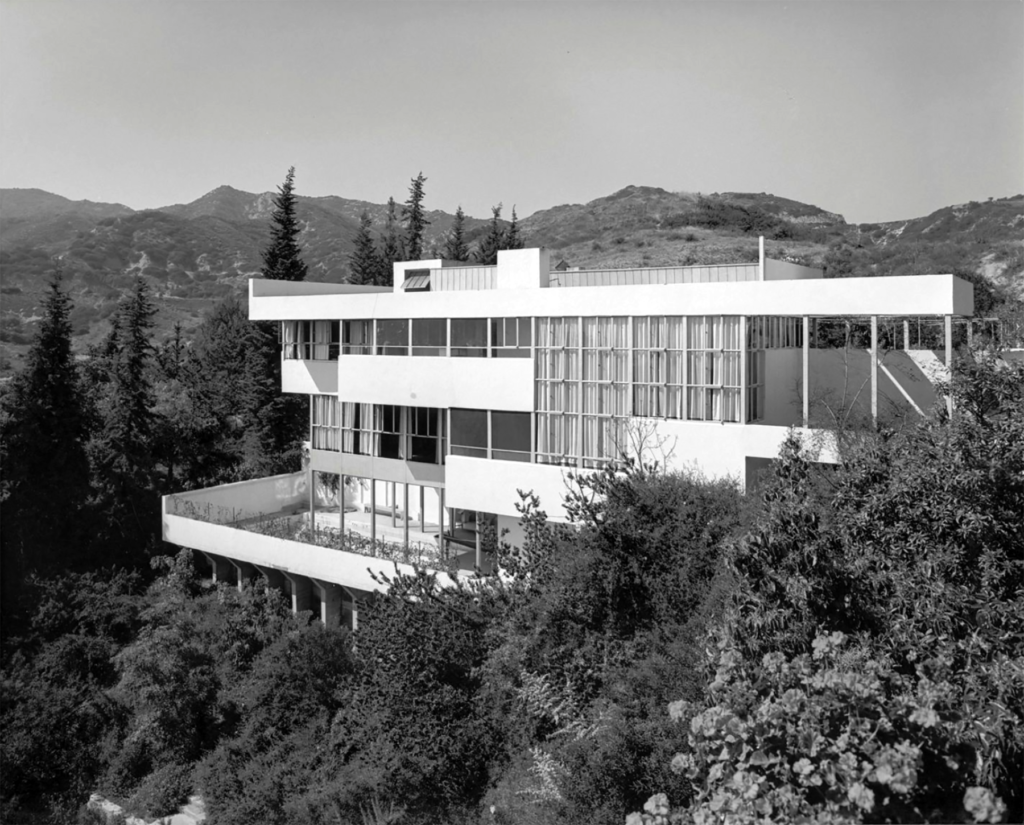
Lovell House seen from Dundee Drive , Los Angeles, California. © J. Paul Getty Trust. Getty Research Institute, Los Angeles (2004.R.10)
In 1913, Schindler wrote an architectural manifesto advocating for what has since become known as “space architecture”, an attempt to conjure up a transcendental experience comprised of light air and temperature. Within his manifesto, Schindler expressed a strong desire to blur the boundaries between the exterior and interior to allow the garden to enter the home. While now more commonly understood, the idea that increased access to light, air and nature within architectural space could improve one’s mental and physical health was innovative and fundamental to Schindler’s work from the moment he arrived in Los Angeles.
Perhaps the best example of this new style of architecture was the Lovell Health House, designed and built by Richard Neutra between 1927 and 1929 for the physician and naturopath Philip Lovell. As a health guru himself, Dr. Lovell saw modern architecture as the preeminent model for health and even an opportunity for the inhabitant to reconstruct themselves while within its walls.
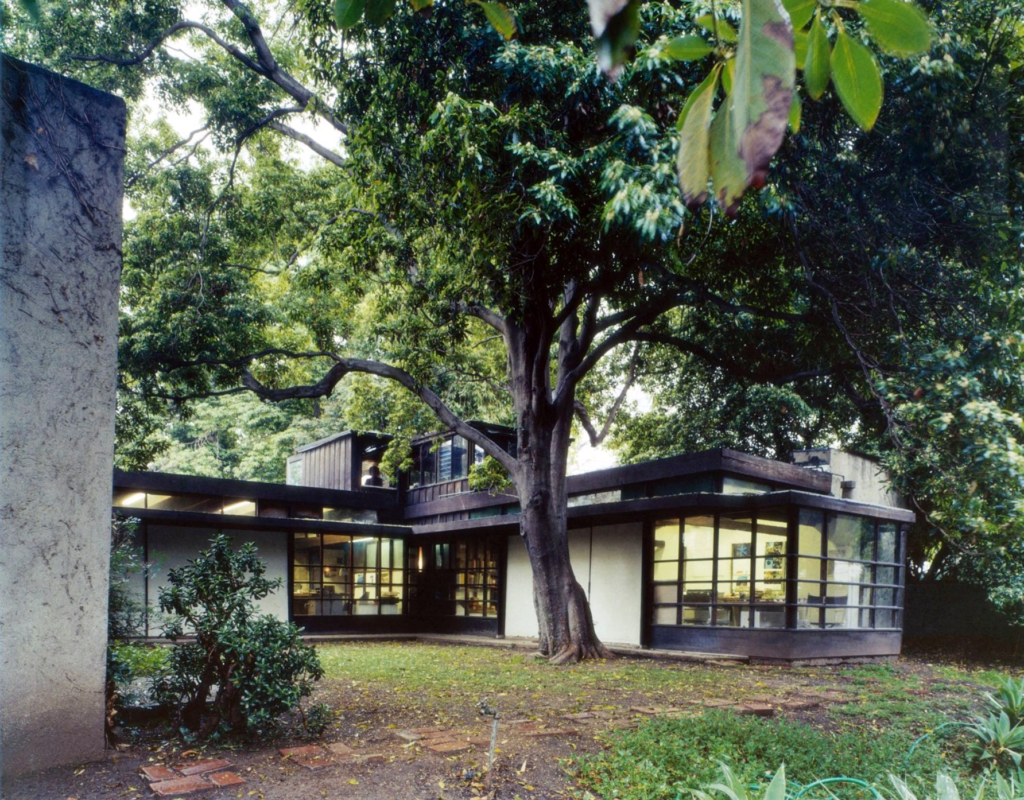
Schindler House (Los Angeles, Calif.), 1982. © J. Paul Getty Trust. Getty Research Institute, Los Angeles (2004.R.10)
“When we learn to build our bodies with the same careful precision and the same scientific accuracy with which the modern builder constructs his houses, we will finally become healthy,” Richard Neutra once said.
Lovell’s home was specifically organized around his daily routine of exercise and diet strategies, and included en-suite sleeping porches outside every room, sunbathing locations, hydrotherapy equipment and even built-in enema fixtures with various douches and nozzle devices, thermostatically controlled. In more ways than one, the architecture itself was designed to enter the body in an attempt to maximize physiological improvement.
In Neutra’s influential book entitled Survival through Design (1954), he argued that the very survival of the human species depended on having designers focus on “physiological space.” Influenced by developments in modern psychoanalysis, Neutra conceived of space as operating between biology and psychology in an effort to defend against the harsh effects of the modern world.
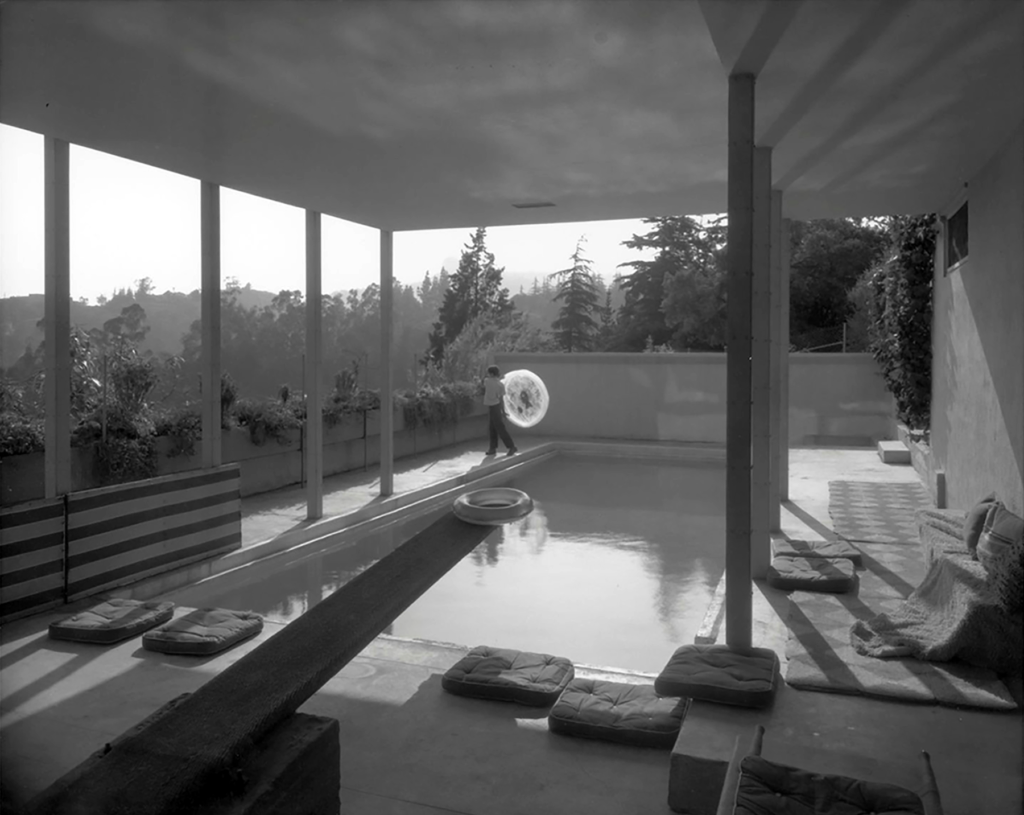
Lovell House © J. Paul Getty Trust. Getty Research Institute, Los Angeles (2004.R.10)
The monitoring of the health and performance of the body within space as a way to combat industrial and environmental threats became ingrained in many Californian’s lives, and certainly contributed to L.A.’s obsession with fitness and wellness. Daily exercise, bodybuilding, dieting, therapy and aesthetic surgery have since become part of the continuous construction and renovation of the human body.
Neutra and Schindler’s work embodies an idea that may be more prudent now than ever: that design and architecture are consistently positioned against the prevailing environmental or physiological disorder of the day. As our climate becomes increasingly unstable, will we have to redesign our bodies to continue to survive as a species and what role will architecture play?
Sign up to be informed when the next One Photo Challenge competition opens for submissions. Be sure to check out the incredible work by this year’s extraordinary Winners and Commended Entries.



